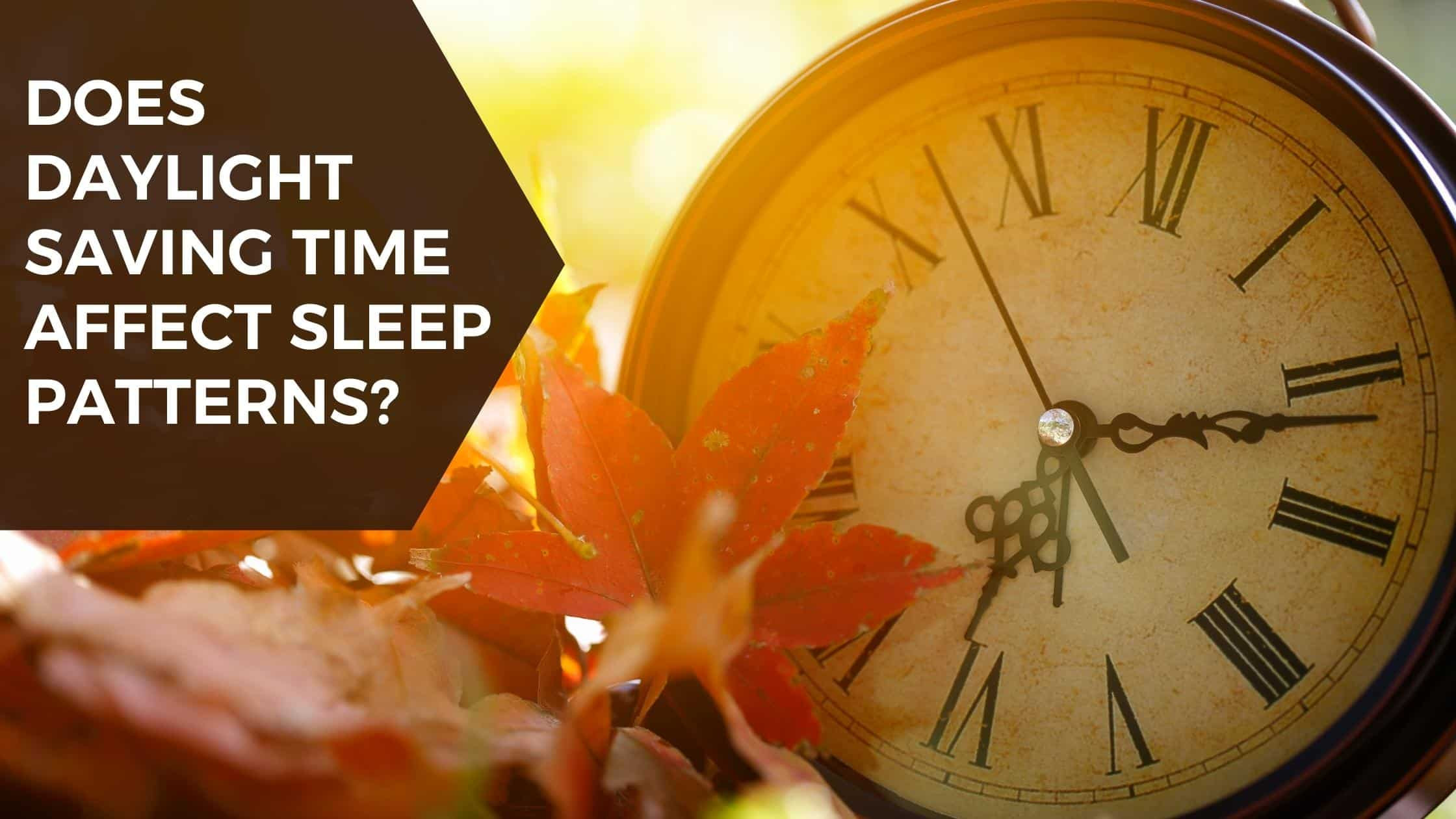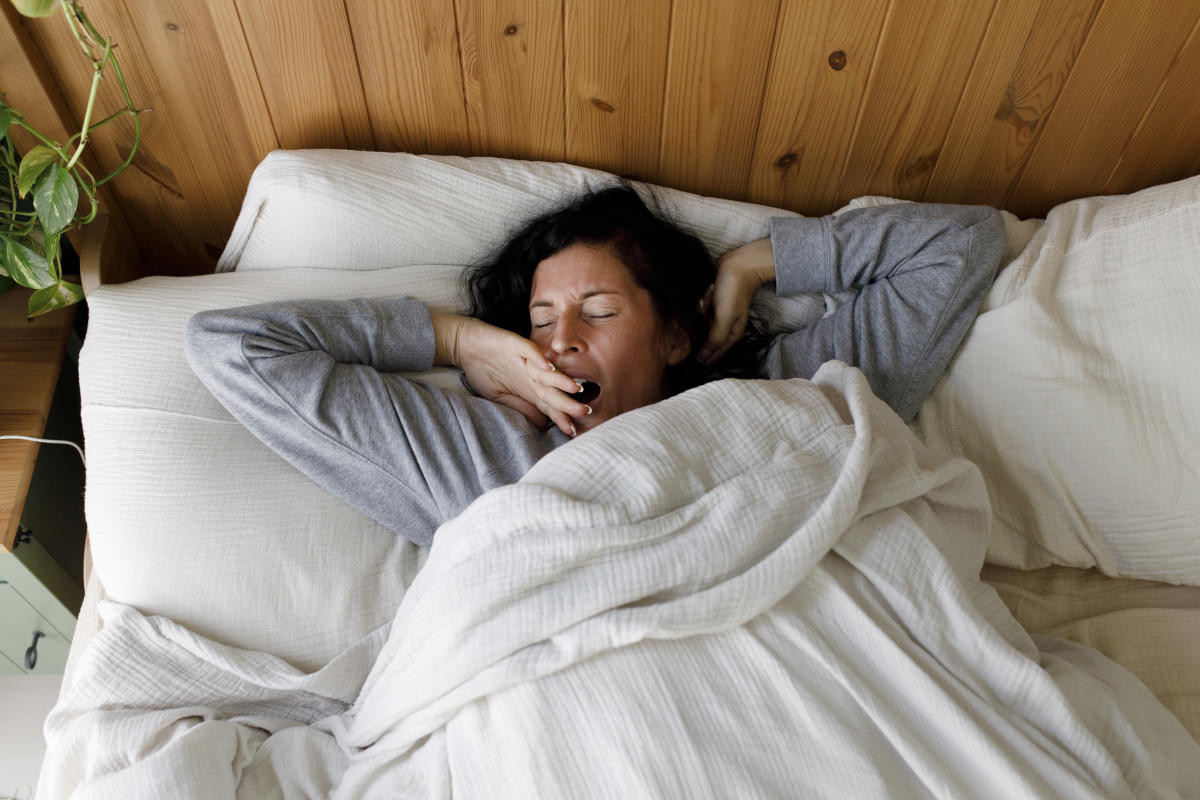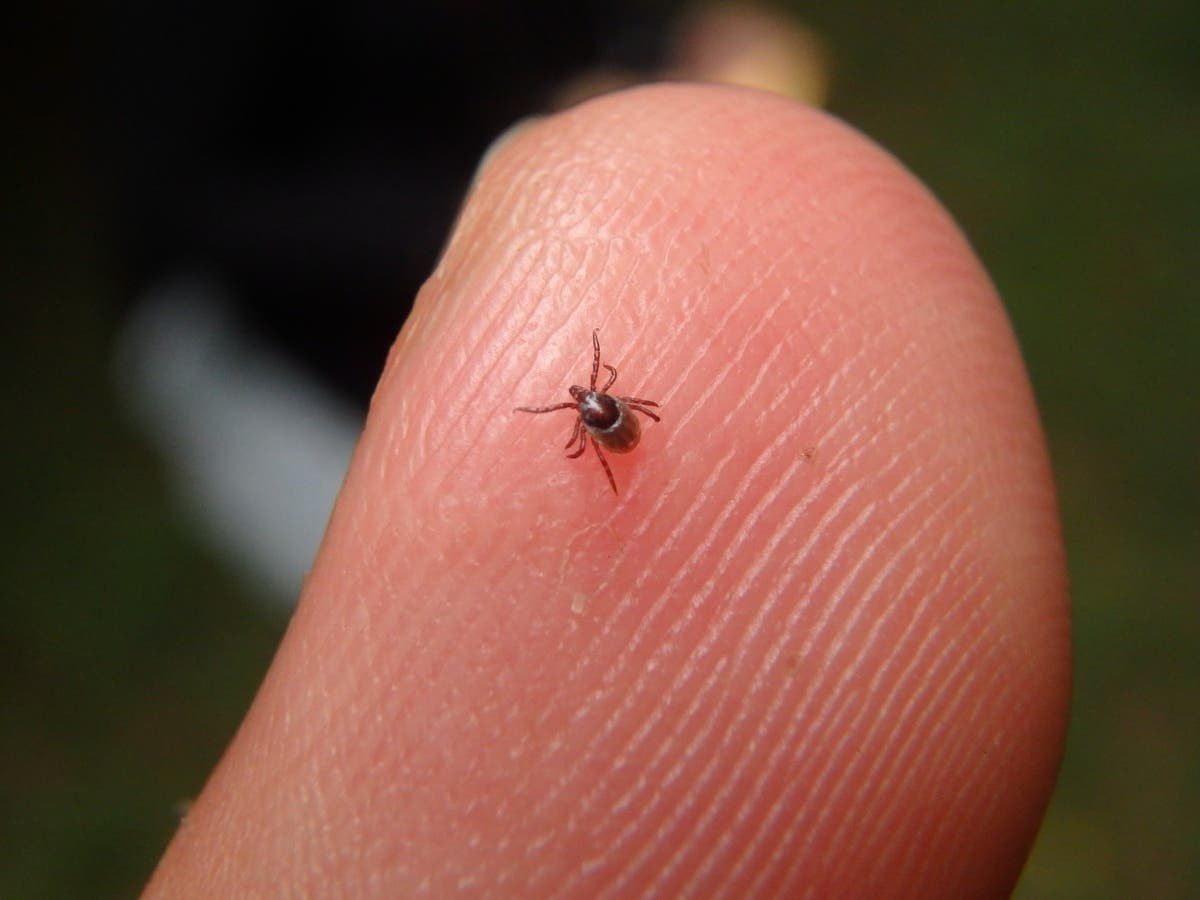A baby's sleep patterns can challenge parents on the best of days. It's small wonder, then, that with the clocks changing due to the end of daylight savings time – and so shifting any hard-won schedule off by an hour – parents might be anxious about the effect on their children.
There is a growing body of scientific research on baby sleep which is helping to smash some of the myths that exist around it (you can read more about the science of baby sleep in this article). So, what does science have to tell families about how infants and toddlers might cope with the time change? And are there any tips to make the transition from summer to winter any easier?
First, it is true that for babies, as for adults, it can take time to adjust. "Even though the mechanical clocks change in an instant, body clock changes take time to implement," says Pamela Douglas, an Australian general practitioner, sleep researcher and founder of the Possums Sleep Intervention, an approach to parent-child sleep that has been adopted by health professionals around the world.
One analysis, for example, looked at how more than 600 children slept after clocks changed in the spring. It found that it took, on average, three days for toddlers between one and two years old to get back to their original bedtime – and eight days for infants under one.
The children's morning waking times also shifted. But for some age groups, on average, it was not by a full hour, meaning they got a little less sleep overall compared to before the clocks changed. The nighttime sleep of infants aged six to 11 months old was about seven to 15 minutes shorter even four weeks after the shift to daylight savings time, compared to before it. (For toddlers, total nighttime sleep returned to baseline after just a week).
Since researchers didn't track naptime, though, it's not clear if this meant a total loss of sleep over a 24-hour period – which is how medical sleep associations, including the US's National Sleep Foundation and the American Academy of Sleep Medicine, structure their recommendations. Even if it did, seven to 15 minutes in 24 hours is still a fraction of the amount of sleep children should be getting overall. For infants aged four to 11 months, for example, the recommended range is 12 to 15 hours in 24.
It is also worth keeping in mind that sleep – even for infants – is flexible and adaptable. In fact, our preoccupation with strict, year-round sleep schedules for babies seems to be a relatively recent phenomenon, and remains far from universal. Numerous ethnographic accounts of pre-industrial societies, for example, have found that babies and children normally either sleep with their caregivers (and go to bed when their caregivers do), or simply fall asleep in a caregiver's arms or in a sling wherever they are, whenever they're sleepy, including at social events.
Sleep practices can also vary by culture. In South Korea and Italy, for example, it is less common for children to be put to bed with comfort blankets, cuddly toys or pacifiers than in other Western European countries or the US. Korean children also tend tend to co-sleep with their parents rather than have a separate bed, while in Maya communities of Central America, children tend not to have a bedtime routine at all.
"There was not a separate routine to coax the babies to sleep," wrote the researchers behind a study on the bedtime practices of 14 Maya families in Guatemala. "Most of the babies simply fell asleep when sleepy, along with the rest of the family or before if they got tired."
For all of us, how much we sleep also seems to fluctuate with the seasons: in particular, we may be primed to sleep a bit more in the winter and less in the summer. Research on three foraging societies – which is generally considered as close as we can get to understanding how humans have slept for most of our evolutionary history – has found, for example, that nighttime sleep durations differ by nearly an hour from winter to summer.
"Sleep is strongly modulated by the seasons, averaging 53-56 min longer in the winter," the researchers write. This coincides, they note, with an up to two-hour increase in nighttime duration in the societies investigated.
In industrial societies, the impact of the changing seasons (and the environmental cues that come with it, like changing light and temperatures) is far less dramatic. Still, that doesn't mean there's no effect at all. One study of more than 2,600 medical school students in Berlin, for example, found that they slept about 18 minutes longer in winter than in summer. (Find out more about how the seasons alter our sleep.)
It isn't just how much we sleep that changes with the seasons – it's also how we sleep. This includes for babies over around 10 weeks of age. (Infants younger than that haven't yet developed the physiological functions that tell them daytime is for waking and nighttime is for sleeping).
Researchers have found, for example, that in the autumn, eight-month-old infants experience less fragmented sleep and more slow-wave sleep than they do in the spring. In a follow-up study that looked at both eight-month-olds and 24-month-olds, they also found more bursts of rhythmic brain activity that occur during non-rapid eye movement sleep, known as sleep spindle activity. It's likely, the researchers write, that this is a result of how springtime exposure to light "suppresses and delays melatonin secretion". Other research has found that seven-month-olds fall asleep earlier and experience less active sleep in winter than in summer.
For those of us heading into the winter, this may sound like good news for our child's health and wellbeing. But crucially, it's not clear exactly how, or whether, any of this impacts infants' development long-term. Research on how differing amounts of slow-wave sleep affects babies, for example, has come to mixed conclusions. One study found associations between slow-wave activity and psychomotor development in eight-month-olds, but it was not clear whether one led to the other, or if the two were simply correlated. Another study of six-month-olds found that the amount of slow-wave sleep they obtained had no link to any measures of behavioural development at 12 or 24 months of age.
So, from a developmental perspective, it doesn't seem like there's much reason to worry (or be excited) about the clocks shifting an hour – in either direction. But what about how to handle the schedule change as a family?
With clocks shifting back, as they are in the Northern Hemisphere, if a baby has been going to sleep at 16:00 and getting up at 7:00, the change will mean their body clock will want to go down at 15:00 and start the day at 6:00 – although, if the research is correct, they might also wind up sleeping 15 minutes or so longer.
For some families, this might be just the earlier times they've been hoping for. For others, it might take some a little encouragement to get back on schedule. "Parents will need to slowly nudge" the baby's bedtime later, Douglas says. "Some are more adaptable than others."
For parents who want to keep their child's sleep as regular as possible year-round, regardless of the seasons, it's also worth using light (and dark) – a key input for our circadian rhythm – to our advantage. Researchers suggest avoiding as much artificial and natural light as possible at night – for example, by using black-out blinds.
That's particularly true in the spring, when the days lengthen. For the clock change that happens in the autumn, you might just find that your baby, like many adults, winds up sleeping that much bit longer. At least, one can always hope.


















